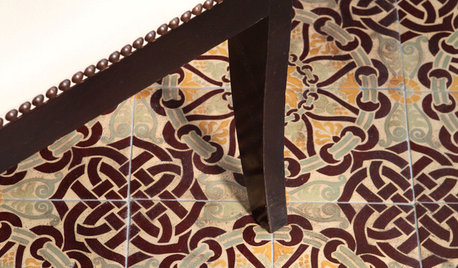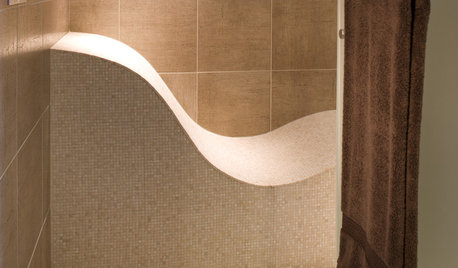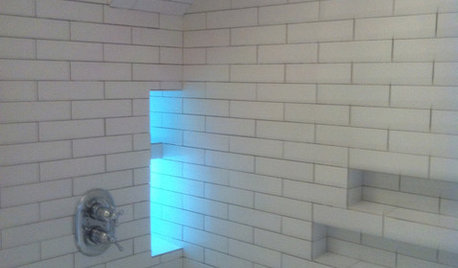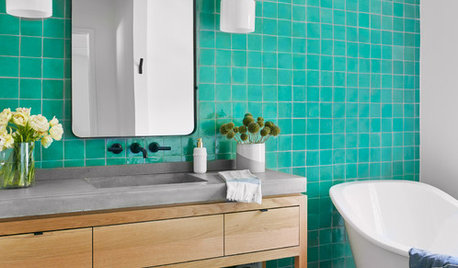Making tops for the top of the cement mixing box
massimj
12 years ago
Related Stories

REMODELING GUIDESOld is New: Cement Tile Makes a Comeback
Get Ideas for Using Colorful Moorish-Inspired Tile at Home
Full Story
REMODELING GUIDESTop 10 Tips for Choosing Shower Tile
Slip resistance, curves and even the mineral content of your water all affect which tile is best for your shower
Full Story
BATHROOM DESIGN10 Top Tips for Getting Bathroom Tile Right
Good planning is essential for bathroom tile that's set properly and works with the rest of your renovation. These tips help you do it right
Full Story
TILETop Tile Trends From the Coverings 2013 Show — the Wood Look
Get the beauty of wood while waving off potential splinters, rotting and long searches, thanks to eye-fooling ceramic and porcelain tiles
Full Story
DECORATING GUIDESHere's How to Steer Clear of 10 Top Design Don'ts
Get interiors that look professionally styled even if you're taking the DIY route, by avoiding these common mistakes
Full Story
BATHROOM DESIGNBathroom Countertops 101: The Top Surface Materials
Explore the pros and cons of 7 popular bathroom countertop materials
Full Story
DECORATING GUIDESTop It Off: Wallpapered Ceilings Take the Eye High
Check out these rooms to see the difference a wallpapered ceiling makes
Full Story
REMODELING GUIDES9 Top Siding Materials
Everyone knows brick and stucco, but what about fiber cement and metal? Learn about the options in exterior siding before you choose
Full Story
ARTFrom the Artist: How to Make a Real Mobile
It’s all in the balancing points: A top mobile designer shows how to create a Calder-inspired installation of your own
Full Story
REMODELING GUIDESOld and New Make for a Jolly Good Mix in England
Give an 18th-century country cottage a contemporary addition, and what do you get? A surprisingly cohesive-looking home
Full StoryMore Discussions






homehydro
massimjOriginal Author
Related Professionals
Reading Landscape Architects & Landscape Designers · Windham Landscape Architects & Landscape Designers · Marina Landscape Architects & Landscape Designers · Redondo Beach Landscape Architects & Landscape Designers · Saint Matthews Landscape Architects & Landscape Designers · Severn Landscape Architects & Landscape Designers · Goodyear Landscape Contractors · McKinney Landscape Contractors · Amesbury Landscape Contractors · Canby Landscape Contractors · Cincinnati Landscape Contractors · Davidson Landscape Contractors · Fort Worth Landscape Contractors · Oklahoma City Landscape Contractors · View Park-Windsor Hills Landscape Contractorsartwk
homehydro
artwk
massimjOriginal Author
homehydro
massimjOriginal Author
homehydro